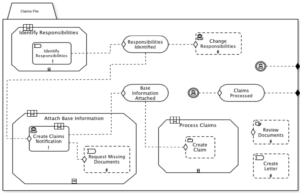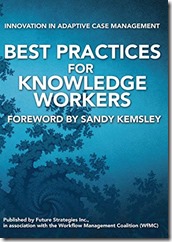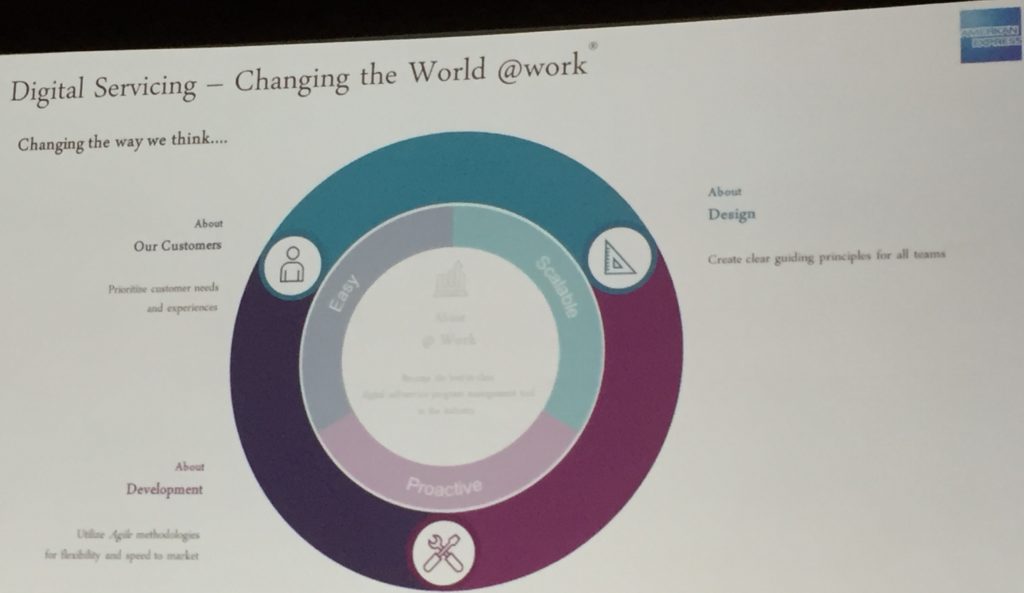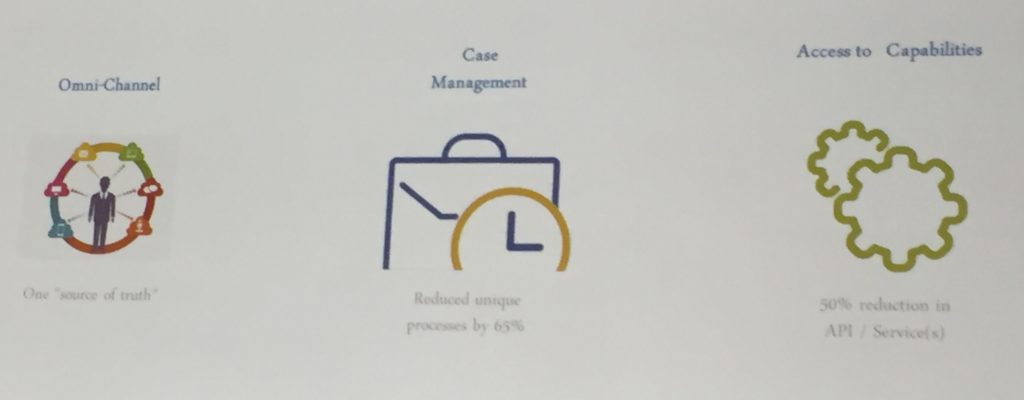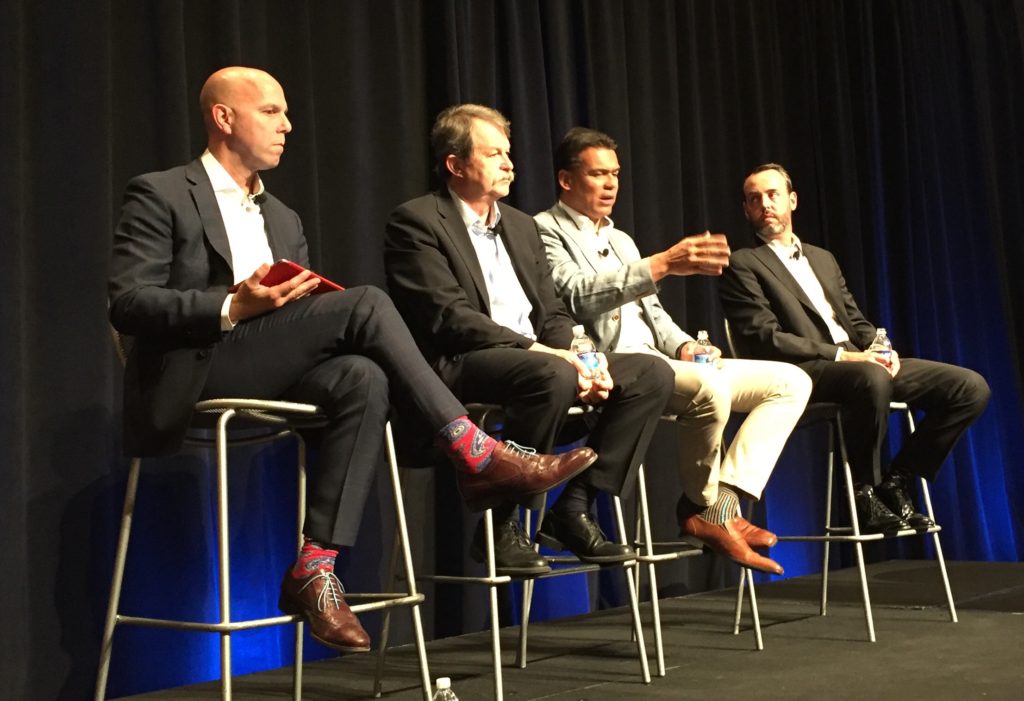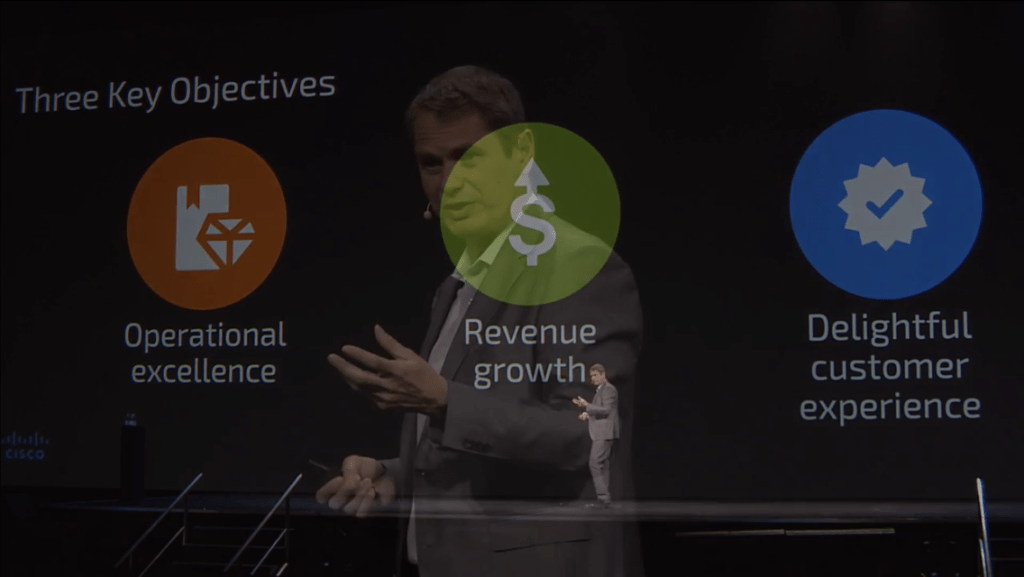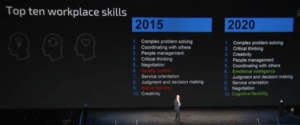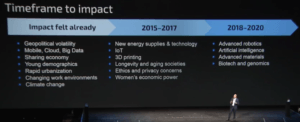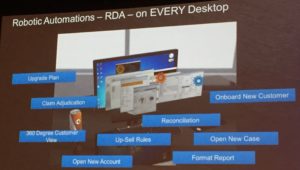Two years ago, I attended Camunda’s open source community day, and gave the opening keynote at their enterprise user conference the following day. I really enjoyed my experience at the open source day, and jumped at the chance to attend again this year – and to visit Berlin.
The first day was the community day, where users of Camunda’s open source software version (primarily developers) talk about what they’re doing with it, plus some of the contributions that the community is making to the project and updates from Camunda on new features on the horizon. To break this up a bit – since I’m already a week after the conference and want to get something out there – I’ll cover the community sessions in this post, then the Camunda technical sessions and a bit about the enterprise conference in a later post.
The first presentation was by Oliver Hock of Videa Project Services, demonstrating robot control using a LEGO Mindstorms robot to solve a Rubix cube. He showed how they used BPMN to define movements and decision tables to determine the move logic, then automated the solution using Camunda BPM. Although you may never want to build a robot to solve a Rubix cube, there are a lot of other devices out there that, like the Mindstorms robot, are controlled via Java APIs; Hock’s design showed how these Java-enabled devices can make use of higher-level modeling constructs such as BPMN and decision tables.
Next up was Jan Galinski of Holisticon to show the Spring Boot community code extension – an example of how the community of Camunda open source users give back to the open source project for everyone’s benefit. Spring Boot is a microservices framework allowing for fast deployment of web applications with a minimal amount of overhead; the Spring Boot starter extension to Camunda allows for using Camunda without a Java application server to essentially provide Camunda apps as microservices. The extension, consisting of about 5,000 lines of code, has been developed over two years with 10 contributors, including both community and Camunda contributors. Galinski showed a live coding demo of replacing JBoss server with Spring Boot starter in a Camunda application to show how this works; he has also written a post on the Camunda community site on the 1.3.0 version of Camunda BPM Spring Boot for more technical details. Although granualar process apps such as this are easier from a devops perspective in terms of deployment and scalability, the challenge is that there is no single point of entry for an end user to look at a worklist (for example). We saw some methods for dealing with this, where a workload service collects information from individual process services with the help of the Camunda BPM Reactor plugin and aggregates them; a federated task list is under development to bring together tasks from multiple process servers into a single list, with a simple completion form. Galinski walked through the general architecture for this, and noted that they are working on making this an official extension. Update: Jan Galinski pointed out in the comments that it was Simon Zambrovski (also of Holisticon) who did the portion on the presentation on cloud, universal tasklist and event processing — I missed the transition and his name in my hasty note-taking.
Jarl Friis of the Danish tax authority (SKAT) presented their use of the Camunda decision engine: they are using only decision services, and not the BPM capabilities, which likely makes them unusual as a Camunda customer. There are a couple of applications for them: first is to raise data quality in financial reporting to the IRS (for FATCA requirements), where they receive data from Danish financial institutions and have to process it into a specific XML format to send to the IRS. Although many of the data cleansing and transformation rules are in the XML schema definitions, some are not amenable to that format and are being defined in DMN decision tables instead. As this has rolled out, they see that decision tables give them an easier way to respond to annual rule changes, although their business people are not yet trained to make changes to the decision tables. That has resulted in developers having to make the decision table changes and test the results, which is one of the challenges that they have had to deal with: some of the developer test frameworks replicated the original decision table logic in code, which effectively tested the decision table implementation rather than the business logic. That test framework, of course, no longer worked when the decision table was changed, and Friis’ message to the audience was that organizations have to deal with challenges of ownership and responsibility for rules as well as rules testing.
Niall Deehan of Camunda gave a great presentation on on modeling anti-patterns: snaking models that are often used to fit models onto a single sheet of paper (instead, use model with happy path down the centre from left to right); inappropriate use of BPMN versus CMMN (e.g., voting scenarios); inappropriate use of BPMN versus process engine or Cockpit capabilities (e.g., service call with error exceptions for null pointer, bad response, service down); too many listeners on tasks (masks problems and pushes process logic into code, based on concept that analysts’ model should not be changed). He discussed some best practices for consistency: define the symbol set to be used by your analysts and lock down the modeler to remove elements that you don’t want people using; create and maintain your own best practices documentation; use model templates for commonly used activities; and proper training. I would love to see his presentation captured for replay: it was engaging and informative.
The last community presentation was Martin Schimak of plexiti, showing three community extensions used for automating testing of BPMN and CMMN models. Assert checks and sets the status of tasks in order to drive a process instance through a test scenario. Process Test Coverage visualizes test process paths and checks process model coverage ratio, as covered by individual test methods and entire test classes (e.g., using mockito). Assert Scenario is for writing robust test suites for process models; this was not covered in Schimak’s demo due to time contraints, but you can read more about it on his blog.
Before we started on the Camunda technical presentations, the community award was presented by Camunda as a reward for contributions on extensions: this went to Jan Galinski from Holisticon. It’s really encouraging to see the level of engagement between Camunda and their open source community: Camunda obviously realizes that the community is an important contributor to the success of the enterprise version of the software and the company altogether, and treats them as trusted partners.
Disclaimer: Camunda paid my travel expenses to attend both conference days. I was not compensated in any way for attending or for writing this post, and the opinions here are my own.


